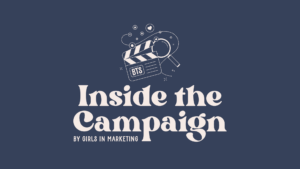Using
audience segmentation in advertising will greatly benefit your marketing strategy. Often when running paid social activity, you will have multiple campaigns running alongside each other. One thing that can often be overlooked by advertisers is how we should be splitting audiences within these different campaigns. This is where audience segmentation comes in.
Whilst choosing the right targeting is super important, it’s also important to have appropriate audience segmentation in place. This will ensure the
right marketing messages are being delivered to the
most relevant people.
This blog post will give an overview on
how to segment audiences and
why it’s important for paid social performance!
What does audience segmentation mean?
When referring to audience segmentation in advertising, this involves
dividing your audiences into different groups depending on certain characteristics. Often you will hear about this in the context of CRM, segmenting your leads depending on their purchases/interests. In the context of paid social; audience targeting it is quite similar. This will mean ensuring your audiences aren’t being hit with ads from multiple ad sets!
For example, how you speak to cold, prospecting audiences will be very different to people who are already aware of your brand. Therefore, you need to segment these different audiences to
avoid confusion with overlapping messaging.
How to segment your audiences
In order to avoid audiences being hit with ads from different ad sets, you need to ensure your
audience exclusions are in place. This is done at the ad set level where you create custom audiences!
For ad sets targeted towards a
prospecting audience, you should be
excluding previous buyers and visitors. If you don’t have exclusions in place, Facebook may optimise towards those that have been on-site already. This is because the algorithm knows they have an interest in your brand!
For
prospecting audiences, you should focus on
educating new consumers about your brand. For re-targeting towards
site visitors, you may be more focused on getting those consumers to
convert. Then for previous buyers, you may want to
drive retention activations with cross-selling or encouraging repeat purchases.
It’s also important to remember to
exclude your different prospecting audiences from each other. For example, you might have two different lookalike audiences running in your account if they’ve worked well for you in the past. You should exclude each lookalike audience from one another. If you don’t, then this can cause
issues with audience overlap.
The danger of audience overlap
If your different ad sets have audience overlap, then this will impact your performance. Audience overlap means some of the people that sit within one ad set, also sit within another in your account.
Audience overlap will mean your ad sets are
competing with each other in the ad auction. This can cause
issues with ad delivery and you will be
driving up the cost in the auction for yourself!
If you do have multiple ads sets running in your account, then you can see whether they overlap using the
audience overlap tool. This will tell you the % overlap between each one. If there’s a large % overlap between two prospecting audiences, it may be worth consolidating them both together in one ad set. This will broaden the reach of your ad set but can be beneficial when accelerating the learning phase.
Final tips & takeaways
Try and
simplify your account so you have a few campaigns and ad sets as possible. This can help
avoid potential audience overlap as well as helping to accelerate the learning phase.
Splitting your campaigns by targeting can also help. Have one campaign targeting cold, prospecting audiences. One targeting previous site visitors. Then one targeting previous buyers. This will help you
adjust your messaging depending on different consumer intent.
Finally,
don’t forget about your exclusions! Having these in place is vital to ensure your ad sets don’t overlap and cause potential ad delivery issues. As well as avoiding overlapping marketing messages that can confuse consumers!
Hopefully, you’ll find audience segmentation in advertising easier thanks to this blog. You can
read more about Paid Social on our blog.
Written by Kelly Birnie






